Birds are remarkable animals because of their ability to fly. They are found in a huge variety of habitats: from oceans to plains and tropical rainforests. They come in all shape and sizes. Mindo in particular and Ecuador in general is one of the most remarkable places for birds, and a great place for watching and studying these beautiful creatures. Mindo is considered as top destination because of its really rich avifauna and because many of the birds are endemic to this area. So it is attracting more and more ecotourists who come on Bird Tours. In this article will talk about of some of the birds of Mindo like Cock-of-the-rock (one of just two species of genus Rupicola, found in moist forests of mountainous areas of South America) , the Choco Toucan and others.
Cock-of-the-rock are only found the Andean mountain range and in Ecuador including Mindo. It is about 30 cm high, very colorful and easily recognized by the ridge that runs from the base of the beak to top of the head. Its diet is basically fruit; although they also hunt insects, spending much time on the forest floor. As seeds are not destroyed by their digestive system, they still germinate when defecated, making it an important for spreading seeds.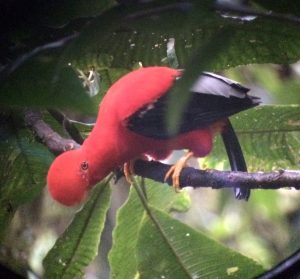
Adult males spend most of their time in groups called leks, where defending view locations on the ground or places to perch. These males groups like to exhibit like showing the plumage, shaking their head, jumping on their perches and shaking the wings. The female then choose partners and build their nests in rocky walls, which where they are usually put 2 eggs.
The wings and tail of the male birds are black and colored the extended wing-coverts light gray. The most striking feature is the curved spring ridge that extends from the back of the head to the beak and almost obscured the beak. The female has a smaller hood.
The Choco toucan (Ramphastos brevis) is a species of bird in the family of toucans. It occurs only in the north of South America. Unlike, for example, the yolk or the Green-billed toucan, Choco toucan is rarely shown in zoological gardens.
The Choco toucan is still described in some regions of Ecuador as often. It has a body length of 48-55 centimeters and a wing length of 18.2 to 21.4 centimeters. The beak length of the males is 12.7 to 16.3 centimeters that of the females is 11.4 to 13.9 centimeters with somewhat lower. The weight varies from 365 to 482 grams. A striking sexual dimorphism does not exist; females tend to be slightly smaller and slightly shorter.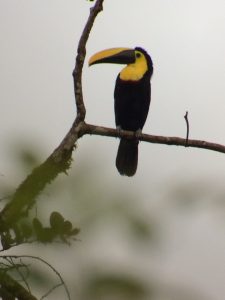
Adult birds are feathered black on the body top. From the forehead to the middle of the back, the individual feathers are on a deep red-brown top. The lower back is black to the hull; upper tail-coverts are white. The tail is glossy blue-black. The chin, the feathered parts of the face and throat are bright yellow. At the transition from the throat to the chest is narrow red band. The under tail ceiling is red; the rest of the body bottom is black, with chest up belly over wash dark reddish brown.
Juveniles are colored somewhat duller. Especially the yellow on the breast is less vivid red plumage-parts show an orange tint.
The Crimson-rumped toucanet (Aulacorhynchus haematopygus) is a species of bird in the family of toucans. It occurs only in the north of South America. There are two subspecies. It is still considered relatively common.
The body length of adult birds is 40 to 45 centimeters. The males have a wing length of 12.9 to 14.4 centimeters; the tail length is 13.2 to 15.9 centimeters. The females are slightly smaller than the males. However, the only striking sexual dimorphism is much smaller beak. In females, the nominate beak length is 6.6 to 7.7 centimeters.
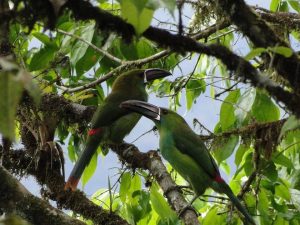 Adult Crimson-rumped toucanet has a deep green plumage. The body top is usually slightly darker and has a bronze shimmer, the tail is slightly bluish, and the four middle tail feathers have reddish brown on the tips. The body bottom is slightly lighter green. The hull is bright red; the feathers of the upper tail ceiling are at the end of greenish yellow. The eyes are dark red to brown. The feet and legs are yellowish green or gray-green.
Adult Crimson-rumped toucanet has a deep green plumage. The body top is usually slightly darker and has a bronze shimmer, the tail is slightly bluish, and the four middle tail feathers have reddish brown on the tips. The body bottom is slightly lighter green. The hull is bright red; the feathers of the upper tail ceiling are at the end of greenish yellow. The eyes are dark red to brown. The feet and legs are yellowish green or gray-green.
The Crimson-rumped toucanet is a species of mountain forest regions of the north of South America. The distribution extends from the western and central Andes in northern Colombia and Venezuela as far as southern Colombia and northern Ecuador and in the west Ecuador. In Ecuador, it still occurs at altitudes of 2750 meters. Its habitat is tropical and subtropical evergreen forests. Sometimes its habitat extends to the transition to temperate forests.
The King Vulture (Sarcoramphus papa) is a New World vulture species and the only living species of its genus. He received his name because he dominates over other vultures.
King Vulture is colored eye-catching with naked red head at the apex, red neck and red around the eyes, while the lower part of the neck is black. The front is white gray. These vultures are up to 85 cm long, 4, 5 kg heavy and have a wingspan of about 2 m.
This bird is not very sociable, but lives in pairs and sleep at night in communities. During the day they sail for hours without moving their wings, and looking for food. They avoid the high mountains and stay mainly in rainforests and savannas. It has a good sense of smell and sharp eyes. Their diet consists besides fish, small mammals and snakes mainly from carrion.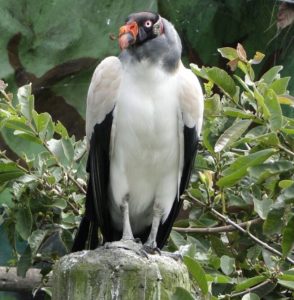
King Vulture nests every two years and does not build a nest, but lay eggs either in rotting tree stumps or in crotches and crevices, which are often located at altitudes of 20-30 m. In most cases, the female lays only one white-yellowish, reddish brown speckled egg, but sometimes it also happens that the hatching includes three eggs.



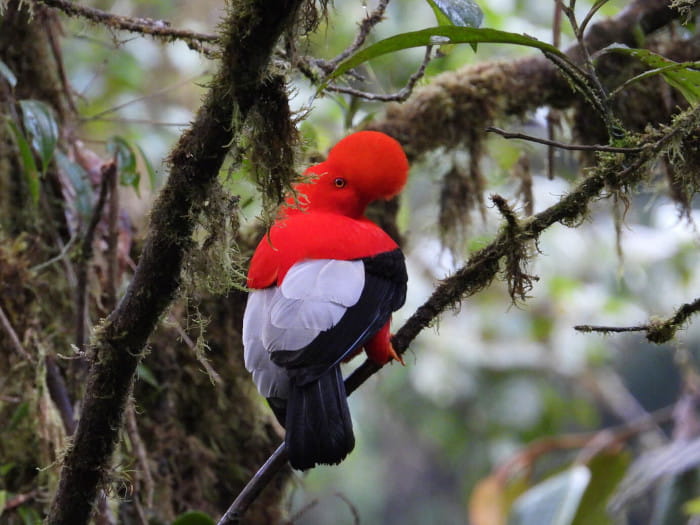
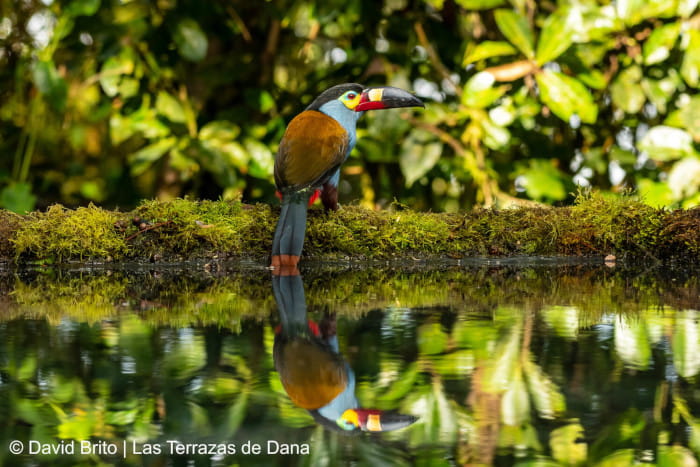

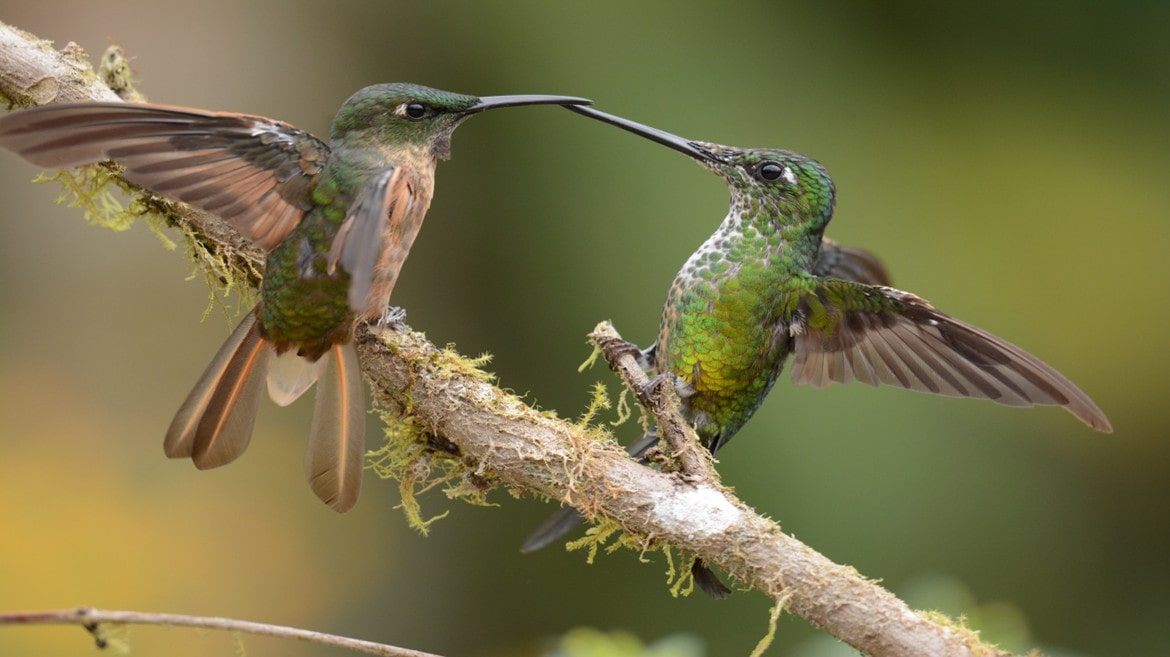
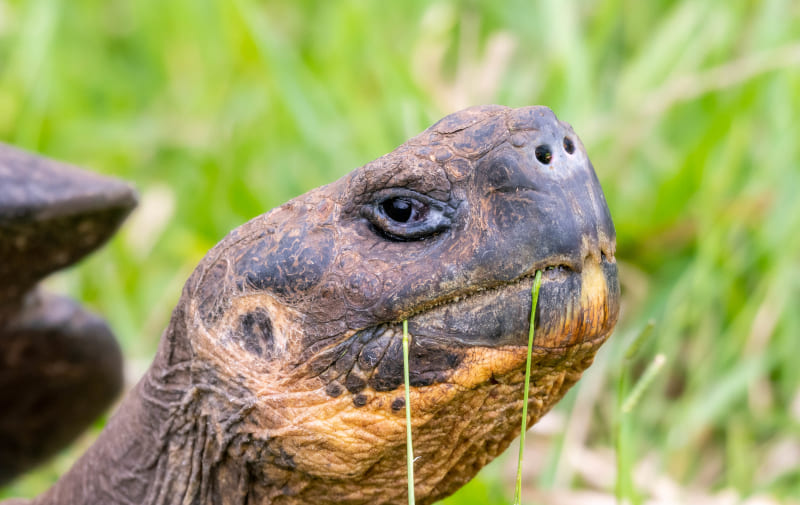


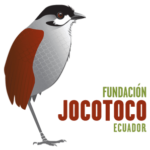

 in Mindo Cloud Forest, Ecuador!
in Mindo Cloud Forest, Ecuador!